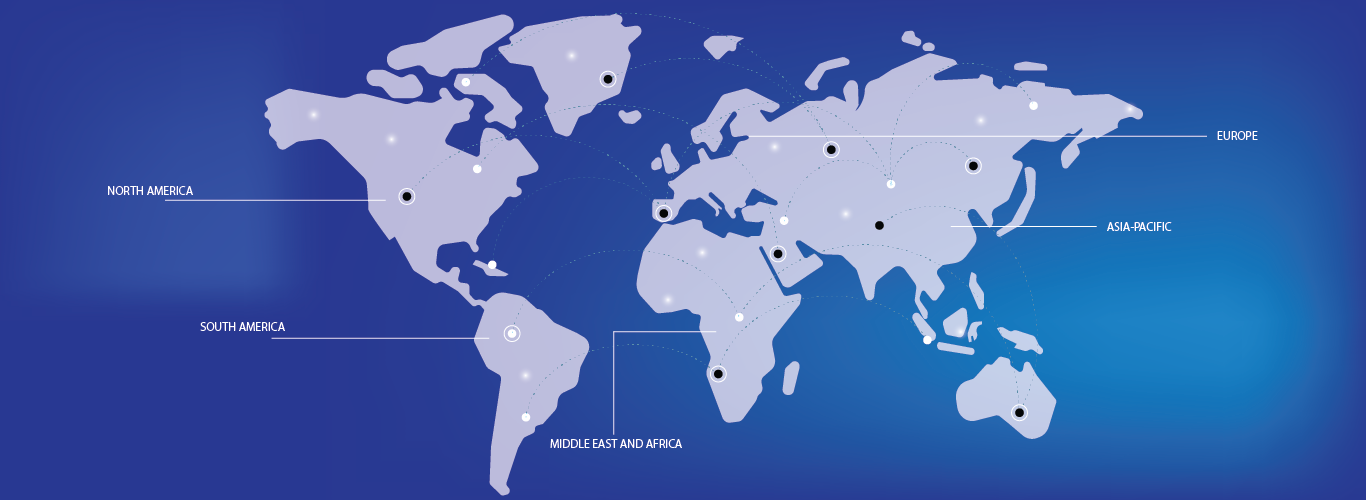- Baby food products are essential for providing balanced nutrition to infants and toddlers during early developmental stages, including infant formula, prepared baby meals, and dried baby food
- The demand for baby food is significantly driven by increasing parental concerns about infant health, rising disposable incomes, and the growing trend toward organic and fortified baby food products
- Asia-Pacific is expected to dominate the global baby food market with the largest market share of approximately 64%, due to a large birth rate, rapid urbanization, and increasing awareness regarding infant nutrition, particularly in countries like China and India
- North America is expected to be the fastest growing region in the baby food market during the forecast period due to high purchasing power, evolving lifestyles, and a growing preference for premium, organic, and allergen-free baby food products
- Bottled baby foods segment is expected to dominate the market with a largest market share of approximately 32%, due to the convenience and mess-free feeding experience that bottled baby foods offer, making them particularly appealing to busy parents. The ready-to-feed format eliminates preparation time, allowing for easy consumption directly from bottles or pouches, which is especially beneficial for on-the-go feeding




